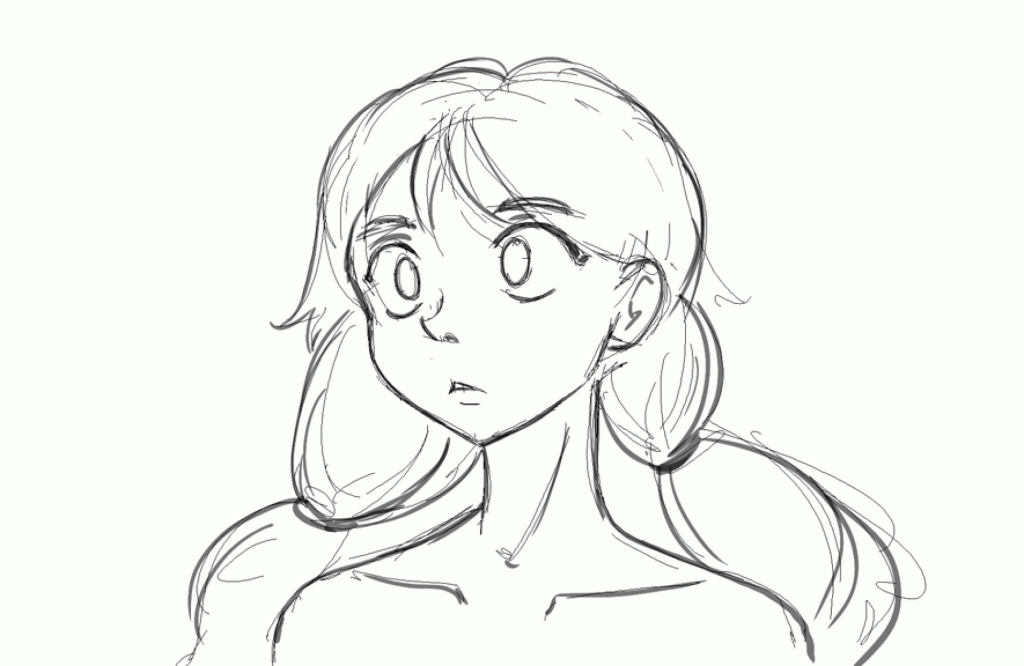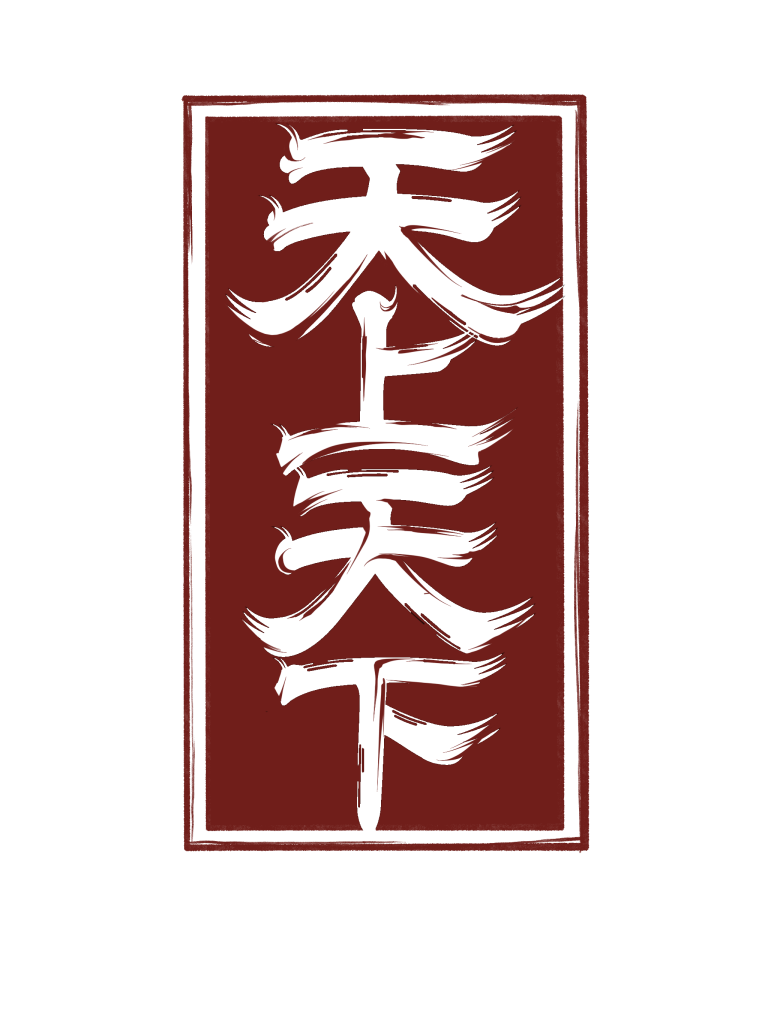During one of the lecture weeks, Ravi Swami came into the studio to talk to each one of us about our career prospects. I shared my interest with him in potentially setting on a path of storyboard artist. Turns out, he was a storyboard artist himself. However when I gave my opinions and insight into the industry Ravi explained to me that storyboard artist isn’t a position to which you can apply to the studio, which surprised me. When I did my research, t classified storyboard artist position as an entry level job to the animation industry. Of course, there’s a junior storyboard artist position, a senior storyboard artist position, and the storyboard advisor.But from Ravi’s words, the only way to get this position, is in the same way as he managed to get it-apply and work as a cleanup artist first, then animator, and only then you can get upgraded to the position of storyboard artist, which to me sounds unfair. I was aware that storyboard artists are supposed to demonstrate a thorough understanding of animation, layout, composition, sequential drawing and editing. However to me, if I want to work in preproduction department, I might have to switch roles and think of something else, because I’m not passionate enough to spend years working as an animator with the hope of one day becoming a storyboard artist. I will be now looking into character design positions in the industry, as I am still very passionate about working in the preproduction department and working closely with the head of the story, creative directors and designers. Ravi suggested that I might look into filmschools and storyboarding for live action cinema instead of animation, as there they would straight away look closely at my existing knowledge of cinematic language. I agreed with him, because in a lot of cases, my work is heavily inspired by cinematic techniques, realistic acting and action.
Takeaway: Throughout this year, being able to direct a film and work solely on the project made me realise my strengths and weaknesses. To me, it is very important to be in charge of creative direction, story or the visual style. If becoming a storyboard artist is really only possible through animation, then I might not even try it. I will be building on top of skills that I already have like layout, illustration storyboarding, scriptwriting, character design and will be trying to adapt to the industry, showcasing the versatility of my skillset but in the direction where I can find artistic satisfaction. After all, I would even prefer to be a director of my own projects.




